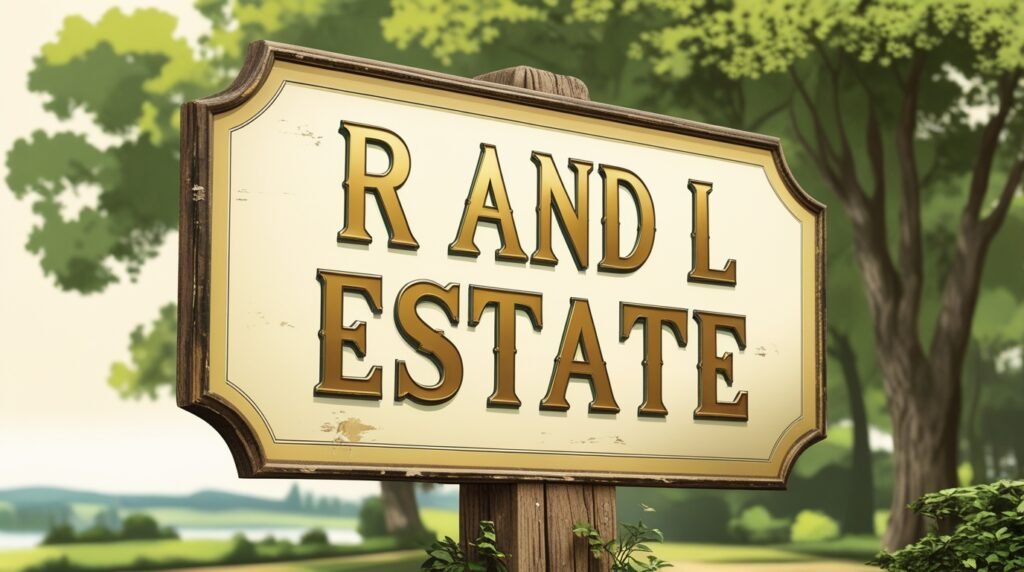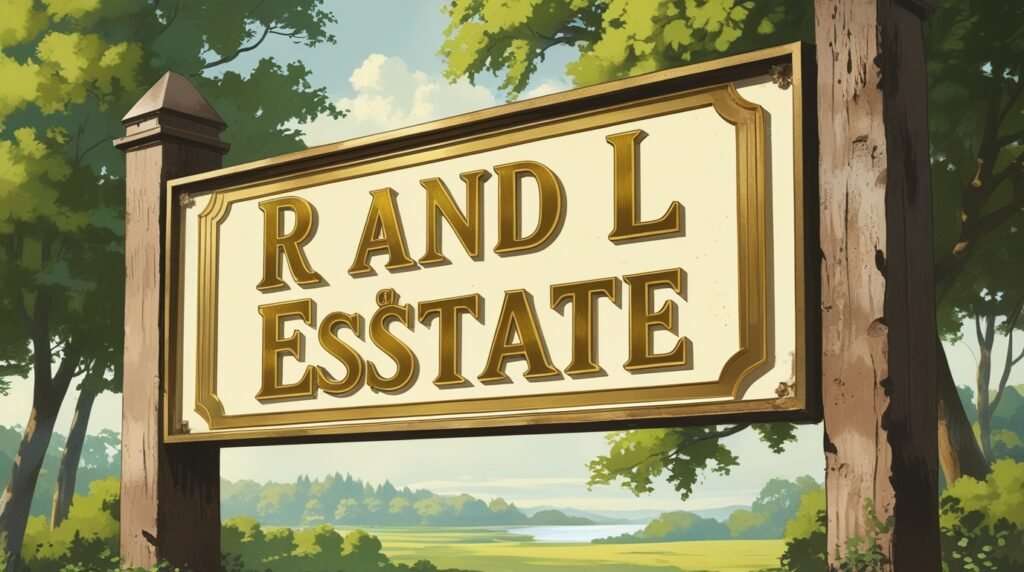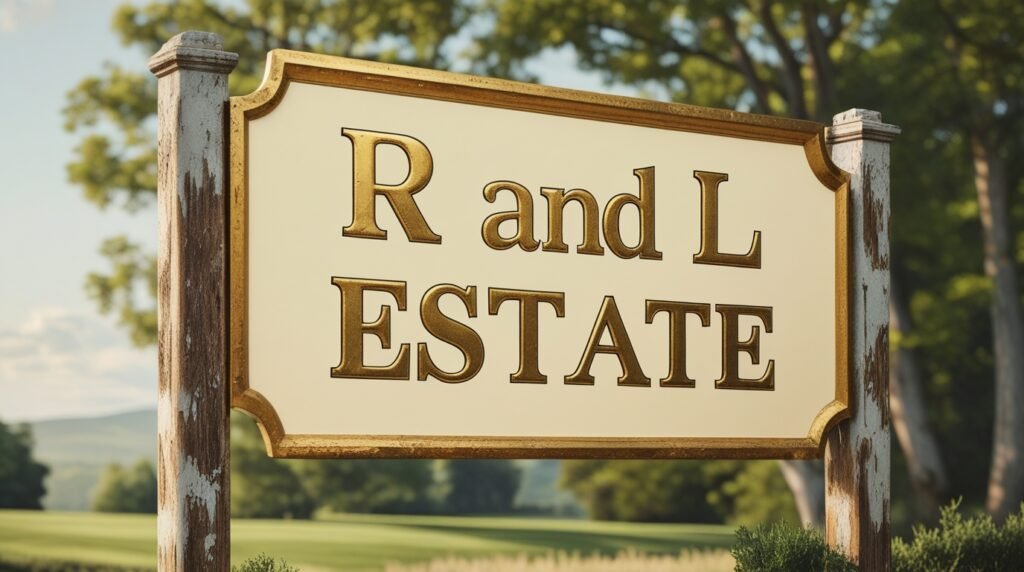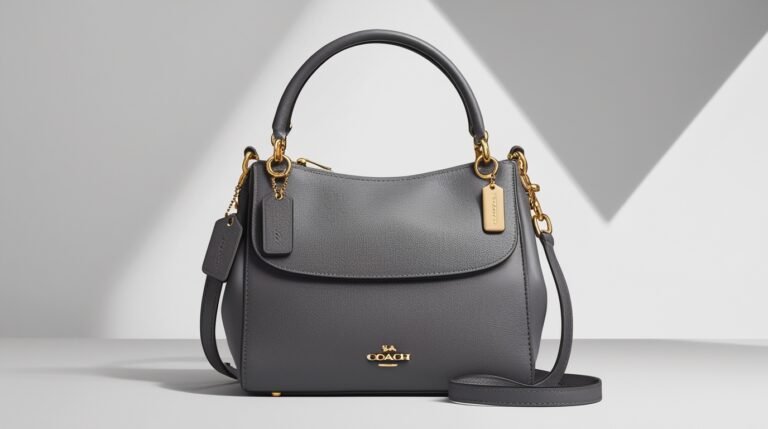
Introduction
Real estate defines cities, shapes communities, and reflects ambition. Amid a sea of developers and property management firms, R&L Estate emerges as a beacon of innovation and trust. This article explores how R&L Estate blends solid principles, strategic growth, and customer-centric philosophy to leave a lasting imprint on the real estate world.
Origin & History
Every major enterprise begins with a spark—an idea, a gap, a desire to do things differently. R&L Estate was founded on precisely such a premise. The founders recognized that in many markets, property development focused too much on profit, and too little on quality, community, and continuity. They began with small residential projects—homes designed with lasting materials, thoughtful layouts, and adaptive spaces.
Their early achievements, though modest in scale, earned local trust and set the foundation for larger ambitions. Over time, R&L Estate expanded into mixed-use development, combining housing, retail, and recreational spaces. With each new project, the brand refined both its craft of construction and its understanding of what people truly want from where they live and work.
Core Philosophy & Values
R&L Estate sets itself apart through a core philosophy built on pillars that resonate with both buyers and investors:
Integrity: Transparent processes, honest pricing, and accountability. No hidden costs. No vague promises.
Quality: Emphasizing build, materials, craftsmanship—not just superficial aesthetics.
Sustainability: Caring for both the physical environment and the social environment—energy efficiency, waste reduction, green spaces, and respect for local culture.
Community: A development is not just about bricks; it’s about people. R&L Estate invests in the livability of neighborhoods—amenities, walkability, safety, and conveniences.
Innovation: Using modern architectural design, embracing technology, and adapting new best practices.
These values are not mere slogans but guideposts. When R&L Estate takes up a project, every decision—site selection, layout, materials, amenities—gets measured against those core commitments.
Market Position & Strategy
To thrive in real estate, you must know your ground—physical ground, market ground, competitive ground. R&L Estate’s strategy focuses on positioning itself where demand aligns with sustainable supply, and where growth potential is strong.
Geographic Focus
Rather than spreading thinly across many locales, R&L Estate concentrates in regions with rising urbanization, good infrastructure, growing economies, and favorable policy frameworks. This means choosing cities or districts where population growth, employment, and connectivity are positive trends. Such focus enables economies of scale, better local relationships (with government, contractors, regulators), and more efficient deployment of resources.
Product Diversification
Diversifying offerings is part of their risk management. R&L Estate works across:
Residential: Both affordable and premium homes, to cater to varied socio‑economic groups.
Commercial & Retail Spaces: Offices, shops, and mixed‑use developments to establish self‑contained ecosystems.
Leasing & Property Management: Beyond initial sale, long‑term engagement through upkeep and services.
Customer Centricity
Marketing isn’t just about fancy brochures. It’s about listening. R&L Estate invests in market research to understand buyer priorities: location, safety, green areas, schools, commuting time, healthcare access. They adjust their plans accordingly, rather than forcing buyers to adapt to inferior defaults.
Financial Prudence
Real estate projects require large capital and carry risks. R&L Estate is careful in:
- Project financing: using reliable sources, avoiding over‑leverage.
- Phased development: releasing units in stages to manage cash flow and risk.
- Cost control: negotiating supply contracts, optimizing procurement, limiting wastage.

Key Offerings & Services
What R&L Estate builds is just as important as how. Their portfolio of services ensures that they control many aspects of delivering value.
| Service | Description |
|---|---|
| Land Acquisition & Site Development | Identifying the right plot, getting approvals, ensuring proper soil, accessibility, legal clarity. |
| Architectural & Structural Design | Collaboration with designers who understand climate, local culture, aesthetics, and function. |
| Construction Management | Overseeing contractors, quality control, safety, timelines. |
| Finishing & Amenities | Interiors, landscaping, utilities, parking, recreational areas, technology integration. |
| Sales & Marketing | Transparent pricing, customer support, virtual tours, payment schedules. |
| After‑Sales & Maintenance | Warranty, service, community management, ensuring customer satisfaction over time. |
Each of these stages is handled with the aim that projects are not only delivered but endure—every element matters.
Design, Architecture & Innovation
Modern buyers demand more than four walls; they demand experience. R&L Estate’s design philosophy combines functionality with beauty.
Contextual design: Reflecting local climate, culture, materials. For example, wide overhangs where heavy sun or rainfall occurs; use of local stone or brick to reduce cost and increase authenticity.
Flexible layouts: Spaces that adapt to family growth, work‑from‑home, multi‑use rooms, open plan vs private partitions.
Smart technology integration: Lighting, security, energy management. Intelligent HVAC, solar panels, rainwater harvesting where feasible.
Green & open spaces: Parks, walking paths, gardens, community areas that improve quality of life and environmental health.
Innovation is not just about new tech; it’s about better use of old principles. For example, integrating passive solar design, orientation to catch winds for natural ventilation, shading, etc.
Sustainability & Environmental Responsibility
In today’s world, no project can truly succeed if it harms its surroundings. R&L Estate embeds environmental thought across its operations.
Material Sourcing & Energy Efficiency
Use of sustainable materials, recycled content, local sourcing (reducing transport energy), solar or renewable energy grid tie‑ins, efficient insulation, LED lighting, etc.
Waste Management and Water Conservation
During construction, minimizing waste; after delivery, efficient plumbing, rainwater harvesting, greywater recycling, low flow fixtures.
Green Certifications & Standards
Where possible, certifications like LEED, EDGE, or local green building rating systems. These improve market value and reduce long‑term maintenance and operation costs.
Urban Integration & Biodiversity
Projects by R&L Estate consider landscaping that supports local flora and fauna, integrating trees, green corridors, parks. They also address stormwater runoff, erosion, and pollution concerns.
Community Impact & Social Commitment
Real estate isn’t isolated. It touches neighbors, infrastructure, local economies.
Affordable housing components: Including lower‑cost units to enable mixed income communities.
Local job creation: Using local labor, contractors, suppliers.
Social infrastructure: Schools, clinics, parks, recreational facilities, markets. Rather than make cookie‑cutter suburbs, building living communities.
Stakeholder engagement: Involving local residents, authorities, NGOs in planning. Ensuring voices heard for traffic, environment, cultural preservation.
Such social commitment builds not just structures, but reputation and trust.
Challenges & Risks
Even with a strong foundation, R&L Estate, like any real estate entity, faces several headwinds:
Regulatory risks: Delays in obtaining permits, land disputes, zoning changes.
Cost overruns: Labor/material price volatility, supply chain disruptions.
Market cycles: Demand downturns, interest rate changes, economic recessions.
Competitive pressure: Other developers with deeper pockets or faster execution.
Environmental risks: Climate change, extreme weather, resource shortages.
Mitigation strategies—such as phased development, careful contracts, risk sharing, quality planning—are essential.

Future Outlook: Growth & Expansion
For R&L Estate, the horizon looks promising. Key vectors of expansion and growth include:
Geographic expansion: Moving into second‑ and third‑tier cities where land is cheaper, growth potential is high.
Vertical integration: Taking over more of the supply chain—material supply, prefabricated elements, in‑house architects/designers.
Technology & PropTech: Using digital tools for design, customer experience (VR/AR), project management platforms, predictive maintenance.
Sustainability leadership: Becoming known for net‑zero or carbon‑neutral projects; perhaps launching green investment funds.
Partnerships: With governments, financing institutions, or international firms to access capital, expertise, and scale.
If these are pursued with discipline, R&L Estate can scale without sacrificing the values that made it respected.
Lessons for Real Estate Stakeholders
What can other developers, investors, customers, or policymakers learn from the journey and approach of R&L Estate?
Building trust is more valuable than quick profit. Reputation endures.
Aligning development with environmental and social value yields long‑term ROI. Sustainable projects often reduce operating costs and comply better with future regulation.
Customer feedback and market research must shape design. What people want often differs from what developers assume.
Risk management and phased planning guard against shocks.
Innovation need not be flashy; sometimes simple improvements (layout design, daylighting, passive cooling) make the biggest difference.
For investors, observing firms like R&L Estate yields insight: those who invest in fundamentals (design, materials, environment, community) often weather downturns better.
Conclusion
The story of R&L Estate is one of balance—between profit and principle, aesthetics and function, innovation and tradition. In every project, the aim is not merely to erect structures, but to shape places where people live meaningful, sustainable, comfortable, connected lives. As real estate continues to evolve—with pressures from climate change, urbanization, shifting lifestyles—firms built on strong values and responsive design will lead.
If R&L Estate continues on its current path—grounded in quality, committed to community, open to innovation—its legacy will be much more than concrete and steel; it will be seen in neighborhood stories, in lives uplifted, in spaces that inspire.





